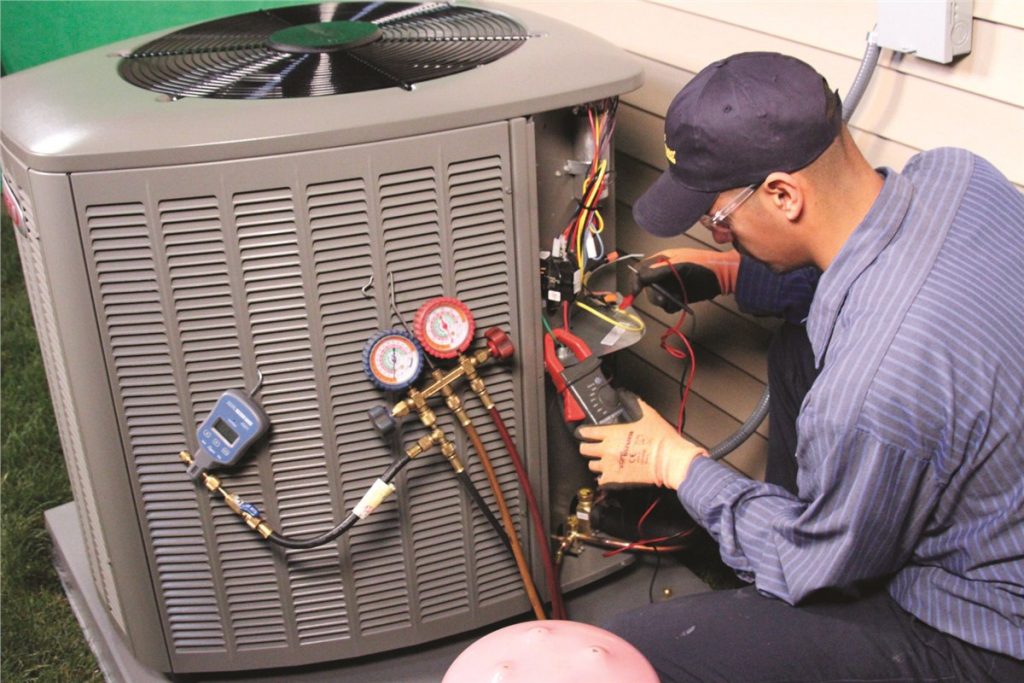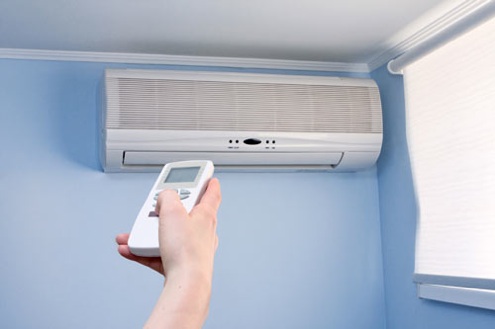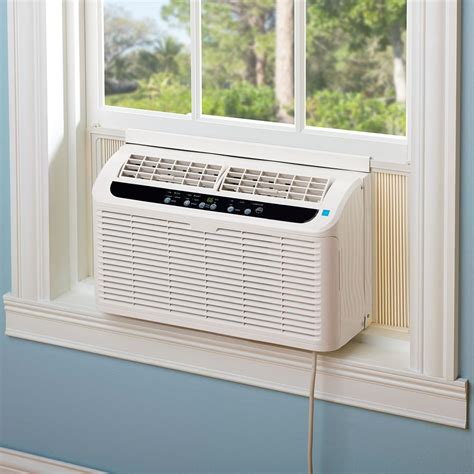
It will soon be summer, and your residence will be getting plenty toasty. But, what makes sweat bead on your brow is the thought of buying a new residential HVAC system to survive the summer. How can you possibly know what to ask your HVAC contractor, which air conditioning system to buy, and how it will affect your energy bill? Then, what if you live in an apartment building that has a restriction on window units.
Well, don’t break a sweat, because we have got all the information right here.
The key to comfortable and cost-effective cooling is to find the AC unit that fits your space. If you choose a too-small unit, it will constantly run to keep up with the rising heat. If you have a unit that is too powerful, the room will cool very quickly. So quickly that it will turn off before the humidity has been removed from the room, giving the atmosphere a clammy/refrigerator feel to it. Furthermore, shorter power cycles have a more significant strain on the machine, shortening its lifespan.
Energy efficiency is another factor.
You need to carefully study the EER (Energy Efficiency Rating) to understand how the unit will operate when the temperatures are 95°F outside. An AC unit labelled with the Green Energy Star indicates the unit’s operations surpass government efficiency standards. Still, no matter how well-matched or how efficient your AC unit is, if you have not insulated your home, you will never be as perfectly comfortable as you could be. Furthermore, this is not a cost-effective way to cool your space.
With this critical point in mind, let’s take a closer look at some of the essential factors in choosing the proper air-con for your home.
You need to carefully study the EER (Energy Efficiency Rating) to get a good idea of how the unit will operate when the temperatures are 95°F outside. An AC unit labeled with the Green Energy Star indicates the unit’s operations surpass government efficiency standards. Still, no matter how well-matched or how efficient your AC unit is, if you have not insulated your home, you will never be as perfectly comfortable as you could be. Furthermore, this is not a cost effective way to cool your space.
With this important point in mind, let’s take a closer look at some of the important factors in choosing the right air-con for your home.
CENTRAL AIR
Central air conditioning is one of the most popular ways to cool a home in the US. According to the statistics by the United States Energy Information Administration, over 75% of all homes in the US are cooled with central air conditioning.
But, New York City is a major exception to the rule. Why? Because the building stock here is far older than most cities in the US. According to the NYC Department of Buildings, over 75% of all buildings in New York City were built before 1960. This means that they were built before the advent of central air conditioning. To have a central air unit retrofitted to an older building requires installing a condenser outside the building. Then there will be a fan and duct system applied to the home. All this requires plenty of cash. But, even worse, it requires a lot of space and that is in short supply.
But, even if you were to give up all your closet space to have the central air system installed in your home, you may not get the permit from the owner to have a condenser installed on the roof. Then trying to retrofit an apartment building without installed ductwork is a very costly project. You could be looking at anywhere from $2500 to $15000 for a project of this magnitude, according to a well-known home-improvement-cost comparison site, TrustedPros.ca.
And here is another consideration.
You will not be able to economize your cooling with room-to-room adjustments. If you want to cool one room, you will have to cool the entire home. But, on the upside, because all of the ducts and mechanical components of the system are hidden from sight, this is certainly the most discreet option.
If you believe that a central cooling system is the right option for you, you can take a look at the SEER (Seasonal Energy Efficiency Ratio) this rating will tell you how efficient your unit will be over the season. Like the EER rating you will want to choose the highest number your budget can afford you.
It is also a good idea to work with a knowledgeable installations expert that can help you assemble a cost-effective plan to keep your home and ductwork properly insulated. Then, make sure you have a professional come by seasonally to clean the vents, check the ducts and make sure your filters are functioning on par. They can also address any other maintenance issues as well.
The takeaway here is that if you have the space and the resources for the project, duct work is quiet and discreet and a good option for cooling your home.
DUCTLESS MINI-SPLIT AIR-CONDITIONER
If a central is not a good option for you, you may consider the advantages of the mini-split. These can be mounted on the wall and operated with a remote. But, they will still need to have a compressor mounted on the roof. But, you will not have to worry about installing ductwork. The refrigerants will be circulated through the cooling unit between the outside and inside components.
These are not as discreet as central air, but they have the advantage of being very efficient. Additionally, these units can be used to provide heating in the winter. If you have a space around 2,000 square feet, you will only spend about 1,800 to $7,000. The cost will be greater with more wall units being installed. This is also a job for a professional installer with experience. Finally, you will want to pencil in some annual maintenance to ensure the longevity of your mini-split.
WINDOW UNITS
Window units are not only easy to install, they won’t cost much either. This is perhaps the most popular option for cooling a single room. You will find smaller items around $129 to cool a 150 square foot room. Then there are larger units for 1600 square feet for as much as $599.
To find youth which is right for you, you will measure your room and calculate the square feet. Then visit EnergyStar for the exact BTUs you need for this room.
Don’t forget to calculate for sun exposure, a shaded room will need 10% less BTUs per square footage. Then if there will be more than one person in the room, add 600 BTUs for each person. For a kitchen, you will need to increase the BTUs by 4000.



